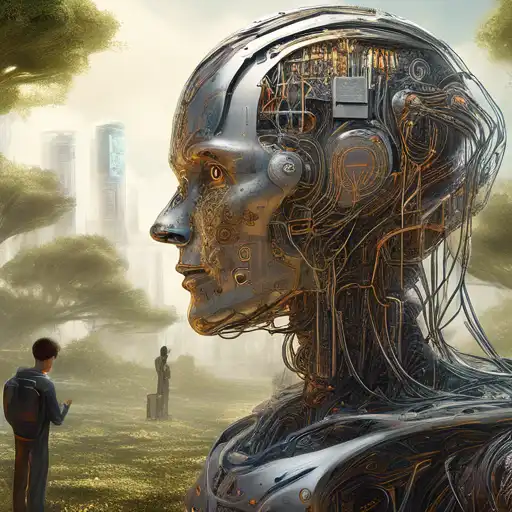Introduction to Natural Language Processing
Natural Language Processing (NLP) stands at the intersection of computer science, artificial intelligence, and linguistics. It enables machines to understand, interpret, and generate human language in a way that is both meaningful and useful. From voice-activated GPS systems to customer service chatbots, NLP is revolutionizing how we interact with technology.
How Machines Process Human Language
At its core, NLP involves several key steps: tokenization, part-of-speech tagging, named entity recognition, and sentiment analysis. These processes allow machines to break down human language into understandable components, analyze the structure, and extract meaning.
Tokenization
Tokenization is the first step in NLP, where text is divided into words, phrases, or symbols. This process helps in preparing the data for further analysis by breaking down the text into manageable pieces.
Part-of-Speech Tagging
After tokenization, each word is tagged with its part of speech. This step is crucial for understanding the grammatical structure of sentences, enabling machines to grasp the context and nuances of human language.
Applications of Natural Language Processing
NLP has a wide range of applications across various industries. Here are a few examples:
- Healthcare: NLP is used to interpret clinical notes and improve patient care.
- Finance: It helps in analyzing market trends and customer feedback.
- Education: NLP powers language learning apps and automated grading systems.
- Customer Service: Chatbots and virtual assistants use NLP to provide instant support.
Challenges in Natural Language Processing
Despite its advancements, NLP faces several challenges, including understanding context, sarcasm, and idioms. Additionally, languages with complex grammar and syntax pose significant hurdles for machines.
The Future of Natural Language Processing
The future of NLP is promising, with ongoing research focused on improving machine understanding of human language. Advances in machine learning and artificial intelligence are expected to overcome current limitations, making machines even more adept at processing natural language.
As NLP technology continues to evolve, its potential to transform industries and enhance human-machine interaction is limitless. From improving accessibility to breaking down language barriers, the possibilities are endless.
